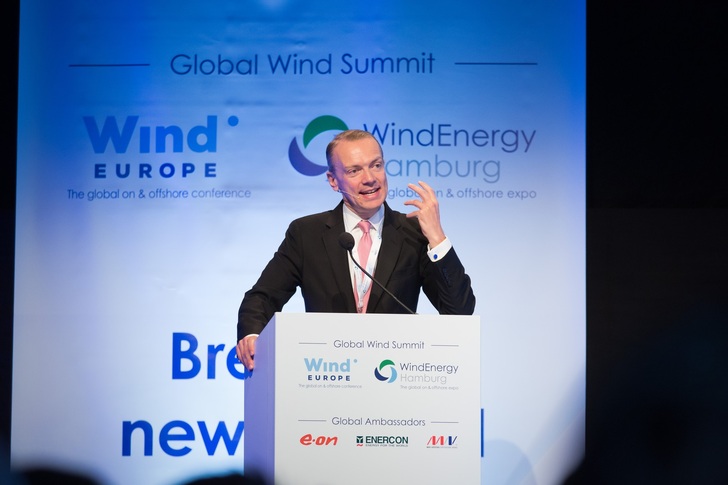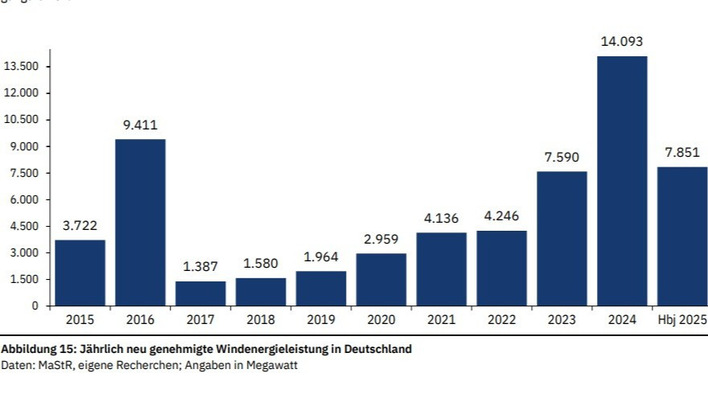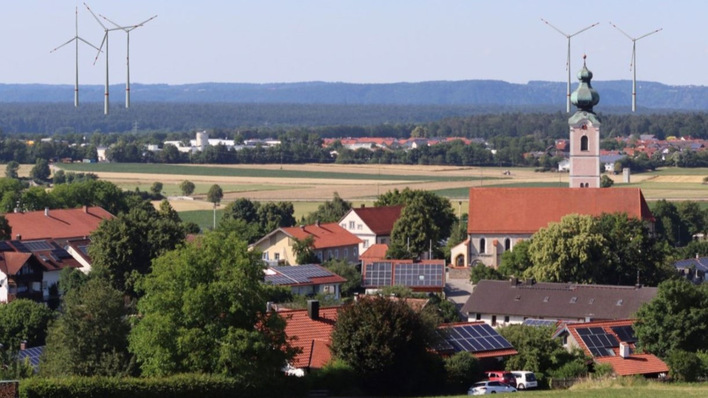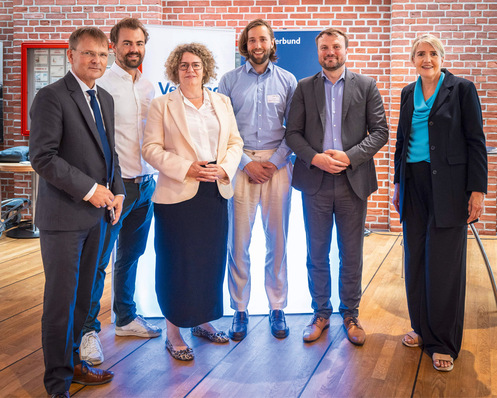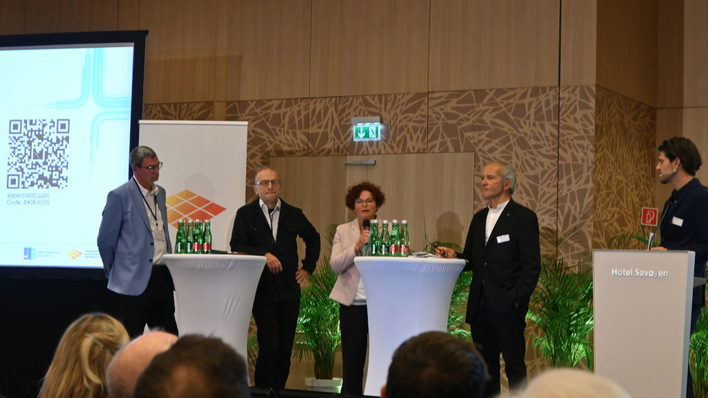Lesen Sie auch Teil 1 des Anfang September geführten Interviews mit Giles Dickson in der aktuellen Ausgabe unseres gedruckten Heftes. Darin spricht der Wind-Europe-Chef über seine Begeisterung für den Green Deal der EU-Kommission und über wieder zunehmende Unterstützung für Windkraftausbau in Ost- und Südeuropa trotz manch merkwürdiger politischer Prioritäten in der EU. Auch sein anhaltendes Vertrauen in die deutsche Windenergiewende begründet Dickson dort.
Tilman Weber
Is it possible to keep nuclear and coal being important players – in several EU-countries - and though increase wind energy installations in the size it is needed?
Giles Dickson: We want the coal plants to close down as quickly as possible and we are encouraged by the rapid pace of coal plant closures we have seen in the last three or four years: in the UK, in Italy, in Spain – and elsewhere. And we believe that market dynamics are going to result in the remaining coal plants closing even earlier then a lot of people expected. Rising carbon prices because of reforms of the EU emissions trading system will help to speed up this process.
Wind in 2019 was 15 percent of Europe´s electricity. Solar PV was another five percent. So variable renewables generated only 20 percent of Europe´s electricity in 2019. And the electricity was only 23 or 24 percent of Europe´s total energy consumption. So renewables is still pretty small. We still got a long, long way to go. The European Commission is saying that by 2050 wind energy will be 50 percent of Europe´s electricity mix and electricity will be 50 percent of Europe´s total energy mix – giving wind a part of 25 percent of total energy.
You didn´t speak of nuclear power …
Giles Dickson: In some countries, yes, there are new plans for nuclear power. But, many countries are phasing out their nuclear plants. Belgium, for example, Sweden. Germany, Spain and partially even France are phasing out ... ***
But France is still talking about adopting new nuclear technology by Flamanville site, the European Pressurized Water Reactor.
Giles Dickson: Yes.
If you take a look at new asset finance in the first half year 2020 you clearly must see: Only offshore wind is performing well, why?
Giles Dickson: You are referring the figures for new final investment decisions in the first half of 2020 which were 11 billion Euros for Offshore wind and 3.3 billion Euros for onshore. In recent years there has been a pretty even share between the on- and the offshore investments. Probably the onshore investments have been a bit higher. So what happened in 2020´s first half year? Quite a significant number of very large offshore wind farm investments were reaching final investment decision - which had been waiting for a long time. They happened to fall together in the first half of this year, causing this very high figure of 11 billion. These investment announcements include France finally reaching final investment decision on it´s large offshore wind farms while initial awards from the governments were made back in 2012. But onshore wind will remain the lion’s share of installed wind energy capacity up to 2050. As you might know: The European Commission has the idea, to reach carbon neutrality through gaining 750 gigawatts onshore and 450 gigawatts offshore wind.
So, imbalance of investments for off- and onshore is rather a trick of the eyes then a picture of reality?
Giles Dickson: I can add further examples: There were also a number of offshore wind farms that had been auctioned let us say two or three years ago that are now ready for final investment decisions like Hollandse Kust Zuid. But what we were seeing in onshore wind investments was, there was more caution out there in the market because of Covid. And some developers were putting that final investment decisions on hold until there will be greater certainty about the economic and financial outlook.
Which single next decision for wind energy by the EU the wind energy sector should hope for next?
Giles Dickson: There are a number of things ...
If you please would choose one or two or three?
Giles Dickson: Number one: Immediate implementation of the NECP plans by national governments including clear visibility of the auction timetables and auction schedules. So a lot of governments said in the NECP, these are the volumes we want to built. Some of them were very clear about their auction schedules. But many governments were not. That visibility is crucial for the industry, that the auctions will happen. It will drive investments. Secondly, we would like immidiate action taking of simplification of permitting, notably in Germany, France and Italy. For Germany it means the fully implementation of the 18 points Altmaier plan. In France it means the complete implementation of their already planned simplification of the regulatory framework and an acceleration of wind power development, the equivalent of the Altmaier plan. In Italy they had to close the loophole on the repowering now. And at the EU-level: agreement of climate neutrality by 2050 as soon as possible, on the 55 percent reduction of the emissions of greenhouse gas to 2030 and a new renewables target for 2030. We want a revision of the TEN-E -regulation which governs grid investments and to which the commission is proposing revisions by the end of this year.
And you as a Briton: Is UK following it´s way independently from being a EU country or not?
Giles Dickson: The UK will continue to lead Europe in the development of offshore wind. UK wants to have 40 Gigawatts of offshore wind by 2030: 40 out of 111 gigawatts in total across Europe, which is more then one third of the total European capacity. The UK should have 80 Gigawatts of offshore wind by 2050 out of the European 240 to 450 Gigawatts. Our industry remains very confident about the UK offshore market - even with Brexit. That’s because the UK has the best policy regime for the built out of offshore wind. The contract for difference (CfD) model. Investors like CfDs because it gives them stable revenue for 15 years. And it´s very cheap for the government, it costs the UK 500 million Pounds to support the finance of 20 Gigawatts, which is extremely cheap. We say to the German government: Look, we, the wind industry, prefer to invest in offshore wind in the UK even with a hard Brexit over investing in Germany with the “Zweite Gebotskomponente” that the new German offshore bill proposes.
Neue Atomkraftpläne in der EU
*** Dieses einmal bereits durch Wind Europe aktualisierte Interview hat am 4. September in einem Online-Video-Meeting stattgefunden. In der Woche darauf hatte Polens Klimaminister die seit rund zehn Jahren in Polen schwelenden politischen Träume von einem Aufbau einer eigenen nationalen Atomkraftversorgung wieder in die öffentliche Debatte zurückgebracht. Ausgerechnet auf dem Lobbytreffen der globalen Atomkraftwirtschaft kündigte Michel Kurtyka an, dass es seine Regierung dieses Mal damit auch ernst meine. Bis 2040 soll Polen demnach sechs Atomkraftwerke errichtet haben, um damit zeitgleich massiv aus der Kohlekraftnutzung auszusteigen. Zwar muss das Regierungskabinett diese im nationalen Energieplan PEP40 vorgesehene Strategie noch beschließen. Am 1. Oktober unterzeichnete allerdings der Regierungsbevollmächtigte Piotr Naimski eine Absichtserklärung, wonach der polnische Staat alle Anteile der bestehenden privatwirtschaftlichen Entwicklungsgesellschaft für Polens erstes Kernkraftwerk kauft. Das polnische Pilot-AKW ist für 2033 vorgesehen.

